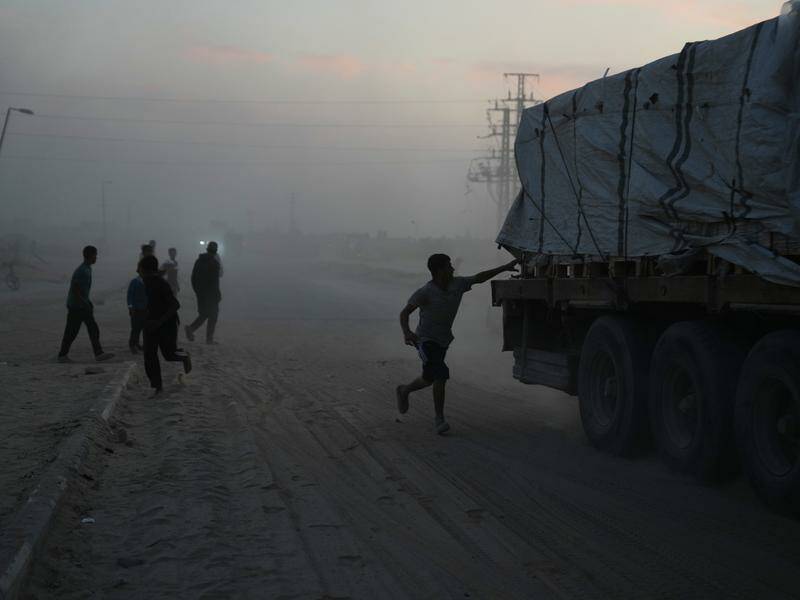
US military forces are now collaborating with Israel to oversee and coordinate the transfer of humanitarian aid into the Gaza Strip. This initiative aligns with a ceasefire plan proposed by President Donald Trump. According to a report by The Washington Post on November 3, 2023, the newly established US-led Civil-Military Coordination Center (CMCC) will take over the management of aid deliveries, determining the type and volume of assistance that will enter Gaza.
Although Israel remains involved in the process, a US official indicated that the CMCC will have the final say on what aid is permitted. An Israeli security official noted that Israeli security services will continue to play a crucial role in policy discussions, supervision, and monitoring of aid activities, with decisions being made collaboratively. The integration of the CMCC is already in progress, aimed at facilitating effective aid distribution.
A Collaborative Effort for Humanitarian Aid
A spokesperson for the US embassy in Jerusalem stated that the US is committed to working closely with Israel and regional partners to implement the next phases of the peace plan. This includes coordinating immediate humanitarian assistance and addressing logistical details. The spokesperson expressed satisfaction with the growing contributions from other nations and organizations participating in the CMCC, which further supports humanitarian efforts in Gaza.
On October 10, 2023, Israel and the Palestinian militant group Hamas reached an agreement to initiate a peace plan, pausing a devastating conflict that began with a Hamas-led attack on October 7, which resulted in approximately 1,200 deaths in Israel and the abduction of 251 individuals. The CMCC commenced operations in southern Israel in late October, tasked with ensuring the flow of aid and stabilizing security conditions in Gaza.
While the ceasefire aimed to facilitate a significant influx of aid to the densely populated Gaza Strip, humanitarian organizations reported last week that the assistance reaching the area remains insufficient. The Israeli government claims it is fulfilling its obligations under the ceasefire agreement, which stipulates that an average of 600 trucks of supplies should enter Gaza daily.
Recent reports indicate that the Gaza Health Ministry has recorded an alarming death toll of 69,169 individuals since the onset of the conflict. This figure, maintained by the Hamas-run government and deemed reliable by independent experts, includes the verification of 284 additional fatalities between October 31 and November 7. The increase in deaths is attributed to ongoing recovery efforts in the rubble of devastated areas since the ceasefire commenced.
Continued Exchanges and Recovery Efforts
The escalating death toll also accounts for those killed by strikes that Israel asserts are targeting remaining militants. On November 4, Israel returned the remains of another 15 Palestinians to Gaza, following the prior return of a hostage’s remains. The hostage was identified as Lior Rudaeff, a dual national from Argentina, as confirmed by the office of Israeli Prime Minister Benjamin Netanyahu.
The exchanges between Israel and Hamas form a crucial aspect of the ceasefire’s initial phase, which mandates that Hamas swiftly return all hostage remains. Families and supporters gathered in Tel Aviv this past weekend, calling for the return of all hostages. Over the last three days, Gaza’s Health Ministry reported the arrival of 10 bodies at local hospitals—nine retrieved from the rubble and one from recent violence. Since the ceasefire began, at least 241 individuals have died in Gaza.
The ongoing ceasefire aims to bring an end to what has been described as the deadliest and most destructive conflict between Israel and Hamas. As the situation evolves, both humanitarian aid and the potential for lasting peace remain central to discussions and actions in the region.







